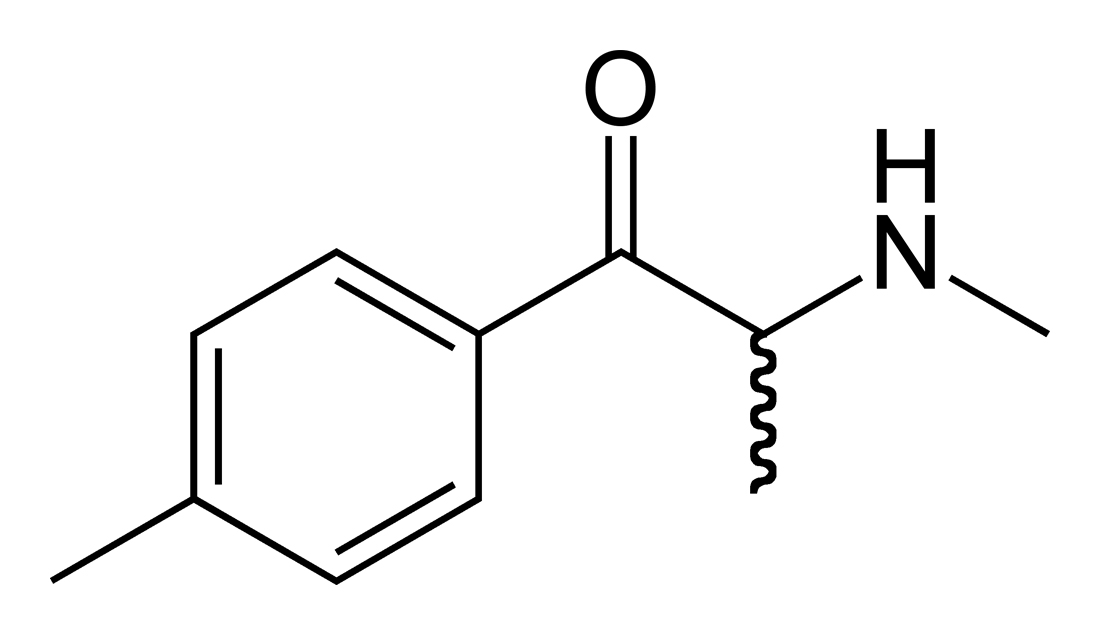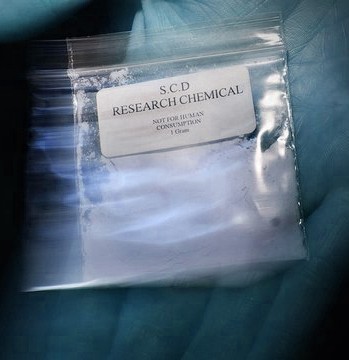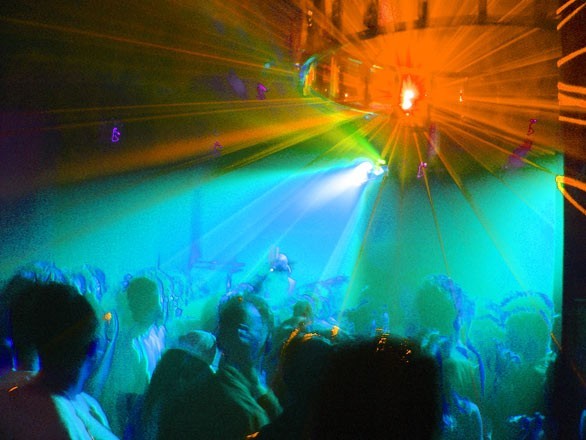
“It is likely that the future drugs of abuse will be synthetics rather than plant products. They will be synthesized from readily available chemicals, may be derivatives of pharmaceuticals, will be very potent, and often very selective in their action. In addition, they will be marketed very cleverly.” Gary Henderson, Journal of Forensic Science 1988
 According to the European Monitoring Centre for Drugs and Drug Addiction, Saem de Burnaga Sanchez first recorded the synthesis of mephedrone in a French medical journal in 1929. The substance remained an obscurity until 2003, when it was re-discovered online by a bored underground chemist called ‘Kinetic’.
According to the European Monitoring Centre for Drugs and Drug Addiction, Saem de Burnaga Sanchez first recorded the synthesis of mephedrone in a French medical journal in 1929. The substance remained an obscurity until 2003, when it was re-discovered online by a bored underground chemist called ‘Kinetic’.
In Israel, a drug similar to mephedrone containing cathinone was sold legally from around 2004. The drug was called ‘hagigat’ and the Israeli government eventually banned it. The cathinone was modified (independently or possibly using Kinetic’s rediscovered formula) and the new legal product, mephedrone, was synthesised.
A few budding entrepreneurs (still keeping on the right side of the law) quickly scaled mephedrone production and the drug was originally distributed by Israeli websites in capsule form and branded as Sub-Coca or Neo-Doves. Israel had witnessed the first mass market in mephedrone. The drug was first made illegal here in 2008.
 Mephedrone’s true chemical formula remained hidden until it was revealed on an underground online forum. The secret was out and other countries quickly became involved in distribution, with the Chinese imitating the manufacturing process and eventually taking over production. More competition drove the price down and increased the drugs availability.
Mephedrone’s true chemical formula remained hidden until it was revealed on an underground online forum. The secret was out and other countries quickly became involved in distribution, with the Chinese imitating the manufacturing process and eventually taking over production. More competition drove the price down and increased the drugs availability.
The media also advertised the drug inadvertently, causing huge demand by warning against it and informing the public that there was a cheap, very strong, easily available and legal drug on the internet.
Mephedrone was also cleverly marketed online through social media, underground forums and Google Adwords, with advertisements (on where to buy the drug) appearing on the back of serious online news feeds.
Between the summer of 2009 and March 2010, the use of mephedrone grew rapidly in the UK. It was sold as a powder in new branded packets labelled as ‘plant food’ and ‘not for human consumption’, circumventing the Medicines Act, consumer standards and the Misuse of Drugs Act.

Mephedrone suddenly became readily available at music festivals, head shops and via the internet. A Mixmag survey around this time, found it was the fourth most popular drug in the UK, behind cannabis, cocaine, and ecstasy.
The dramatic growth in mephedrone also coincided with the decreasing purity of MDMA (ecstasy) and cocaine in the UK, a perspective reinforced in a report by the former National Treatment Agency for Substance Misuse, which estimated that in 2009 the average cocaine purity fell by 60% and by June 2010 almost all ecstasy tablets seized in the UK contained no MDMA.
Mephedrone was eventually controlled in the UK and classified as a Class B drug in April 2010. The drug immediately went underground and into the hands of street dealers (the only novel psychoactive substance to do so on a large scale in the UK), it doubled in price and purity initially dropped from 98% to 37%.
 In 2013, the United Nations reported that the UK was Europe’s largest market for mephedrone and usage had increased 300% since the drug was criminalised. According to Home Office statistics from 2013/14, around 1.4 million people aged 16-59 said they had tried mephedrone at least once, around a quarter of a million more than in 2012/13.
In 2013, the United Nations reported that the UK was Europe’s largest market for mephedrone and usage had increased 300% since the drug was criminalised. According to Home Office statistics from 2013/14, around 1.4 million people aged 16-59 said they had tried mephedrone at least once, around a quarter of a million more than in 2012/13.
However, the latest surveys conducted by Mixmag and the Global Drug Survey revealed that the drug has rapidly lost its appeal in UK clubs, coming virtually at the bottom of the ‘Top Twenty’ drug list in 2014. The drug also scored a high negative ranking and was the most unpopular in terms of bad effects. It seems mephedrone has declined as a recreational drug in the UK but it appears that its use is becoming problematic and entrenched in certain drug using communities and groups.
Evidence suggested that problematic mephedrone use was starting to come to light in 2012. Druglink Street Drug Trends identified a number of young peoples services in the UK seeing teenagers coming forward with behavioural problems associated with using the drug. A worrying aspect of the report was that compulsive injecting was happening with a cohort of users who had never previously injected drugs.
In January 2014, DrugScope roundtable reported problematic use of mephedrone among young people not in touch with services, youth offenders, those from the LGBT community involved in ‘chem-sex’ parties as well as reports of mephedrone injecting among established crack and heroin users. In December of the same year, Buckinghamshire’s Service User Consultation into non-opiate drugs found mephedrone was associated with adult problematic drug and alcohol use, had some of the highest risk behaviours in terms of injecting and was prevalent among the homeless and young people.
According to the findings from the 2014/15 Crime Survey for England and Wales, the prevalence of all NPS use among adults aged 16 to 59 was generally low when compared with the prevalence of well established drugs such as cannabis, cocaine and MDMA. CSEW may have underestimated the use of NPS (particularly mephedrone and synthetic cannabinoids) as the survey does not go out to prisons, the homeless, fresher students and young people under 16 – subgroups that are more likely to use NPS.
CSEW also found that the prevalence of cocaine and ecstasy was on the increase and independent reports have verified that the purity of both drugs have risen over the past few years. If the growth market in NPS in the UK was due to the purity of cocaine and ecstasy decreasing in 2009, then seeing the increased potency of these established drugs could be its demise.
However, the biggest market in novel psychoactive substances are synthetic cannabinoids, with most surveys finding that more than 60% of all NPS are spice-like products. While the spotlight was on mephedrone, sales of these drugs hugely increased. In the UK synthetic cannabinoids have been identified in prisons, psychiatric hospitals, care homes, hostels, supported accommodation and among the homeless. Synthetic cannabinoids predated the sale of mephedrone in the UK and in some countries they have been a bigger problem.
As of 2018, despite the hysteria surrounding a new alternative to mephedrone and regardless of how many new stimulants have surfaced in the UK, none of them have come close to the impact mephedrone has made. Mephedrone continues to be sold on UK streets, though is availability has declined, and is being used at various Chemsex parties in combination with GBL and crystal meth.
History of Cannabis